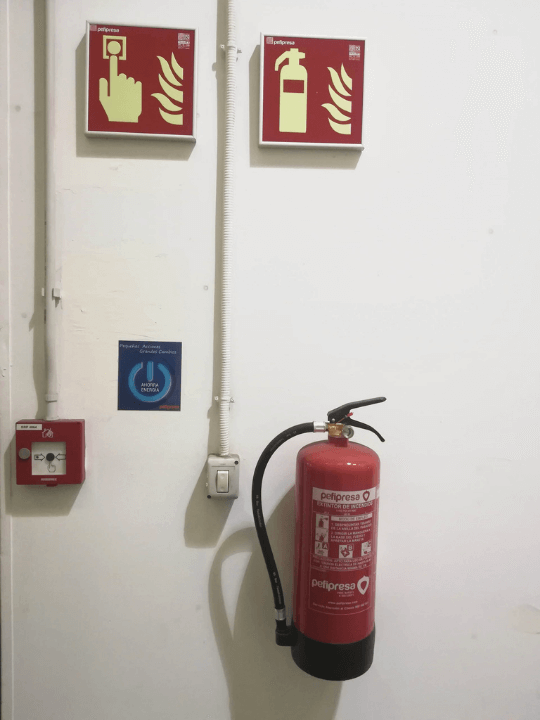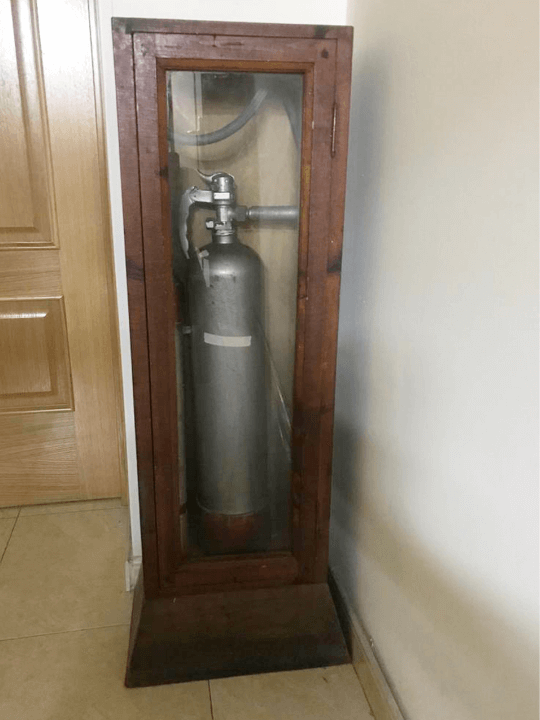Fire Extinguishers
FIRE EXTINGUISHERS
INTRODUCTION
Occasionally, systems may seem simple; present, visible, correct usage, function timely and able to make a notable impact within just a few minutes. Thanks to their use, they can avoid a catastrophe with great consequences. This is the case of fire extinguishers.
Extinguishers provide a system to attack fires soon after the ignition stage. Therefore, without the presence of extinguishers what at first could be a simple ignition, could lead to a serious fire.
With a manual fire extinguishing system designed to be used by non-specialized personnel, it is essential to have some knowledge and experience that allows efficient use depending on the type and class of fire.
At PEFIPRESA, we go far beyond the simple design, installation, maintenance and inspection of fire extinguishers. We also share the concerns we hold about them being kept in a good and well maintained state. Although these systems may seem relatively simple they deserve importance and attention as they can save many lives.

TYPES OF FIRE EXTINGUISHERS
The fire extinguisher is a piece of equipment with permanent pressure or with add pressure that attach an extinguishing agent with a specific design so that the agent can be projected and directed to the ignition of fire. These pieces of equipment can be portable, weigh up to a mass equal to or less than 20 kg, designed to be handheld, or mobile to be transported and operated equally by hand but given that it has a total mass of more than 20 kg should be provided on wheels or similar.
It is essential to have them correctly located, in compliance with regulations, in accordance to the characteristics of the area they protect, be visible and accessible and close to the places where there is a greater probability of starting a fire, preferably next to evacuation outlets to facilitate safe use and preferably fixed to vertical walls.
The UNE – EN 2 standard establishes the standard fire classes for which the extinguishing agents must be suitable:
- Class A: Fires of solid materials
- Class B: Fires of liquids or liquefiable solids
- Class C: Gas fires
- Class D: Metal fires
- Class F: Fires derived from the use of cooking ingredients in kitchen appliances.
Based on the type of extinguisher, we can usually find the following:
- Dry chemical powder
- CO2
- Water + foam
A fire extinguisher is a basic piece of safety equipment, and safety depends on all, fundamental respect for such equipment, being exclusively used for the use that it was intended, is not used for other purposes that would harm both its location, handling and rapid intervention are key conditions to ensure successful usage.



